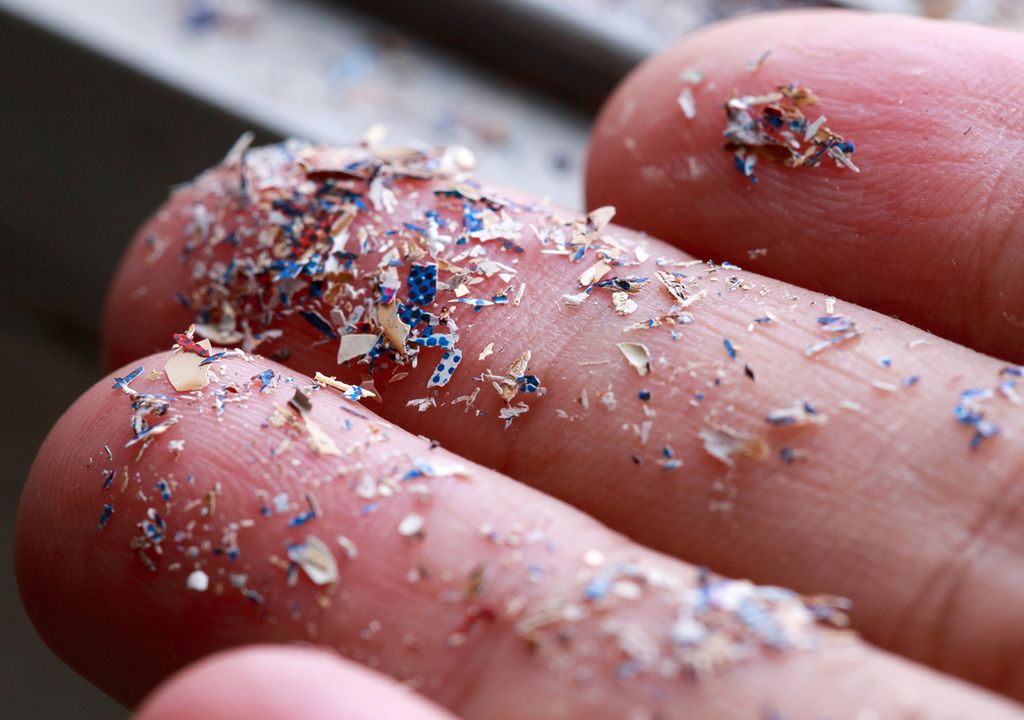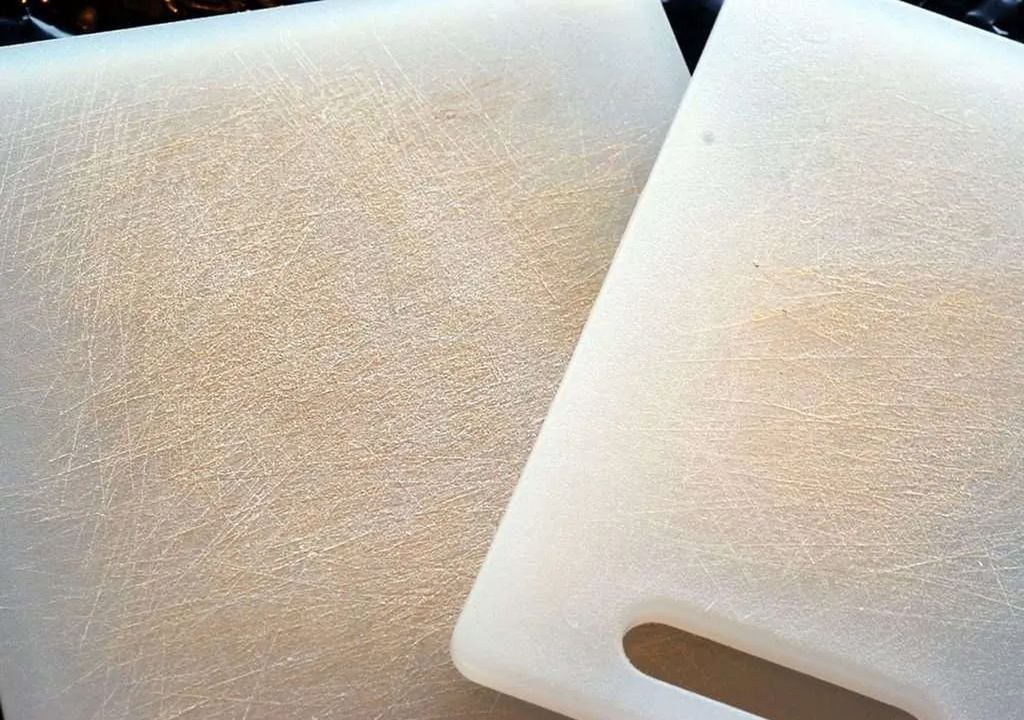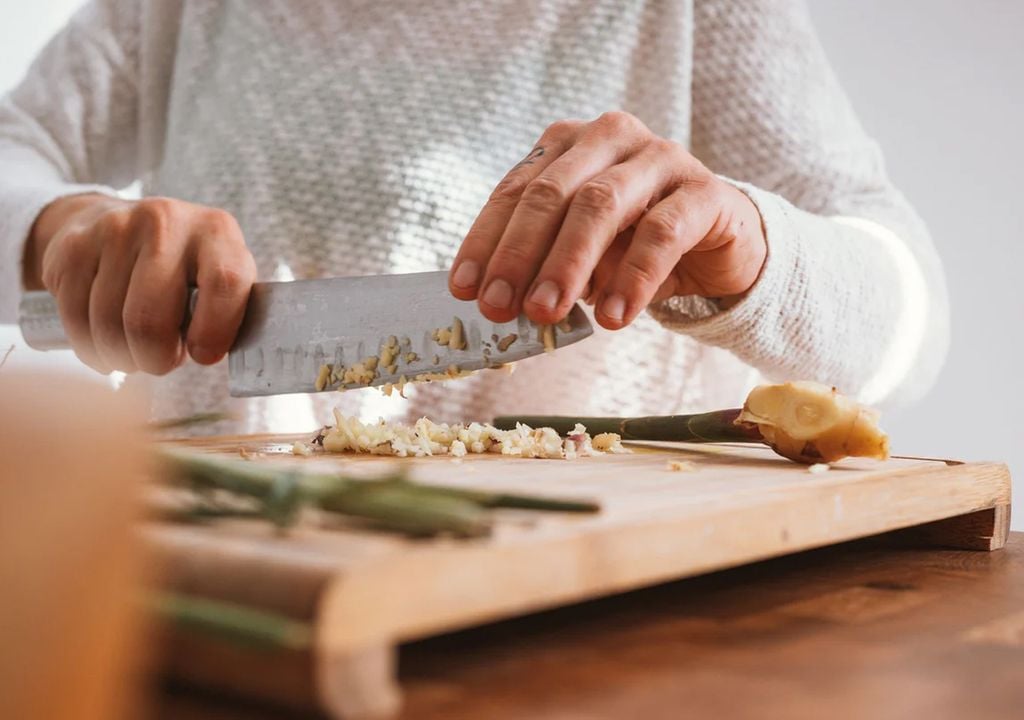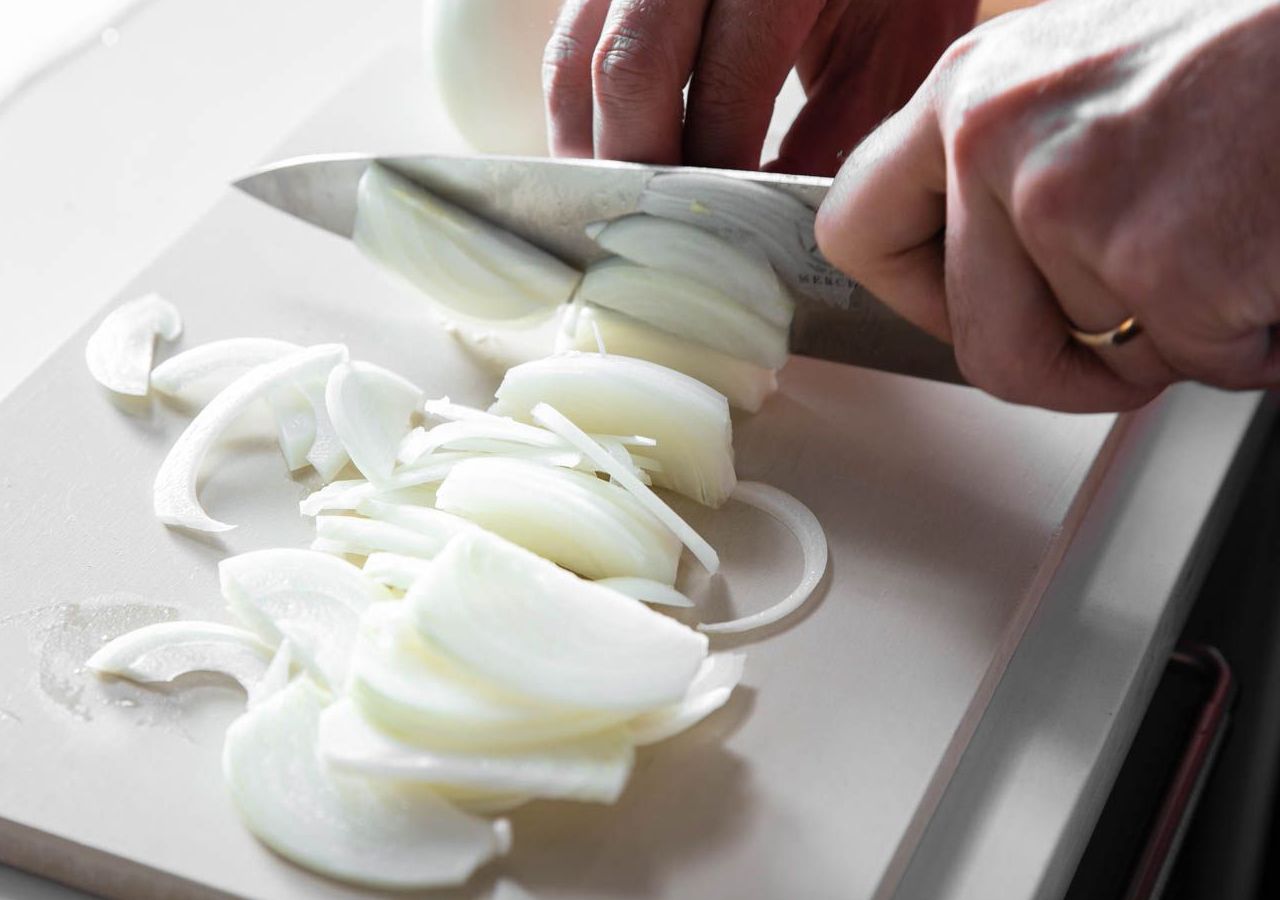A good cutting board is an essential tool in any kitchen. Above all, it should be large, provide enough space for carving or cutting, and be relatively easy to maintain.
That’s it Handle food in them, and if we don’t follow the recommendations, they can grow bacteria that can poison our food. On the other hand, if you use the same cutting board for raw foods (meats, fish, poultry) and ready-to-eat foods (vegetables, cooked meats, fruits, cheeses). Cross contamination (We switch from contaminated food to bacteria-free food). That is why It’s a good idea to use at least two different cutting boardsAnd if possible, identify the different tables with colors according to their usefulness.
And as for the material, plastic is recommended, Given that wooden, By providing a more porous surface with more scratches, They are very difficult to clean than plastic products. But it changes…
One credit card per week
One of the biggest environmental problems of our time Plastic pollution. Since single-use plastics are disposed of quickly and have a slow decomposition process (100 years on average), sThey break down into smaller and smaller pieces over time until we incorporate them into our bodies. By ingesting water, food or just breathing.

¿You will eat the credit card? Apparently not. But it has been determined that all humans consume 5 grams of plastic per week, which is equivalent to the amount of plastic on a credit card. They are around 260 grams of plastic per year enters our bodies when breathing, drinking water or beer, eating crustaceans and salting or sweetening our food.
Now a new source of microplastics has been added that has been underestimated: according to a study, Plastic food cutting boards are a major source of microplastics in the human diet. Sizes vary depending on the cutting styles and materials of the plastic boards.
Salads with microplastics
He A study published by the American Chemical Society I assume that Each person has different techniques and cutting styles., so five people were appointed to carry out the experiments. 20 different cutting boards were purchased on the web, some assuming that most were made of polyethylene or polypropylene, and they were purchased in the same sizes to see if there was any difference. As a control element in the experiment, wooden boards were used.
Each participant performed 500 cutting movements directly on polyethylene board and 500 on polypropylene boards. The difference in microplastic release between propylene and polyethylene is negligible.
Another participant did the same, chopping different things, sometimes using carrots (a frequently chopped vegetable) as a chopping medium. Carrots were washed with ultrapure water, passed through a 1-μm filter, the filter was examined under a microscope, and captured microplastics were counted and weighed.

In those made of polyethylene board, 1 to 14 microplastics were released per bite, while in polypropylene, 3 to 14 microplastics were released per bite. Assuming that the average person makes 500 bites of a board per day, about 128,000 per year, the cumulative amount of microplastics varies from 7.4 g to 50.7 g per year.. This rating depends on:
- Each person’s cutting style.
- The meaning of the table.
- Power required to cut food.
- Are the ingredients coarse or finely chopped?
- and frequency of use of the schedule.
Although annual estimates of particulate matter emitted by wood pallets have not been determined, the researchers reported that these materials shed 4 to 22 times more particulate matter than plastic materials in different tests.
How dangerous are microplastics to health?
A few years ago, Science focused on finding microplastics, finding them in salt, sugar, water, beer, fresh fruits and vegetables.. On Mount Everest, in Antarctica, in the oceans… Airborne plastic particles travel across the globe in a matter of days and fall as rain from the sky regardless of borders or locations.
But still Determining whether microplastics are harmful to health is not so simple.
Plastics are made from a complex mixture of chemicals, some of which have additives that give them strength and flexibility, many of which are not regulated in many countries. Both plastics and chemical additives are toxic or can increase their toxicity when combined with external factors such as water or sunlight., but there is still no clear evidence for this. That is why Science is still inconclusive as to whether or not they are harmful to human health. However, it is not yet known whether they have long-term health effects because they are integrated into our bodies and tissues.

In any case, and In the application of the precautionary principle, it would be good to reconsider the use of plastic boards in the kitchen and the use of plastics in general.. It took decades to determine that smoking causes cancer. How long will it take to detect the health effects of microplastics?
for now, At home we turn to wooden planks.

